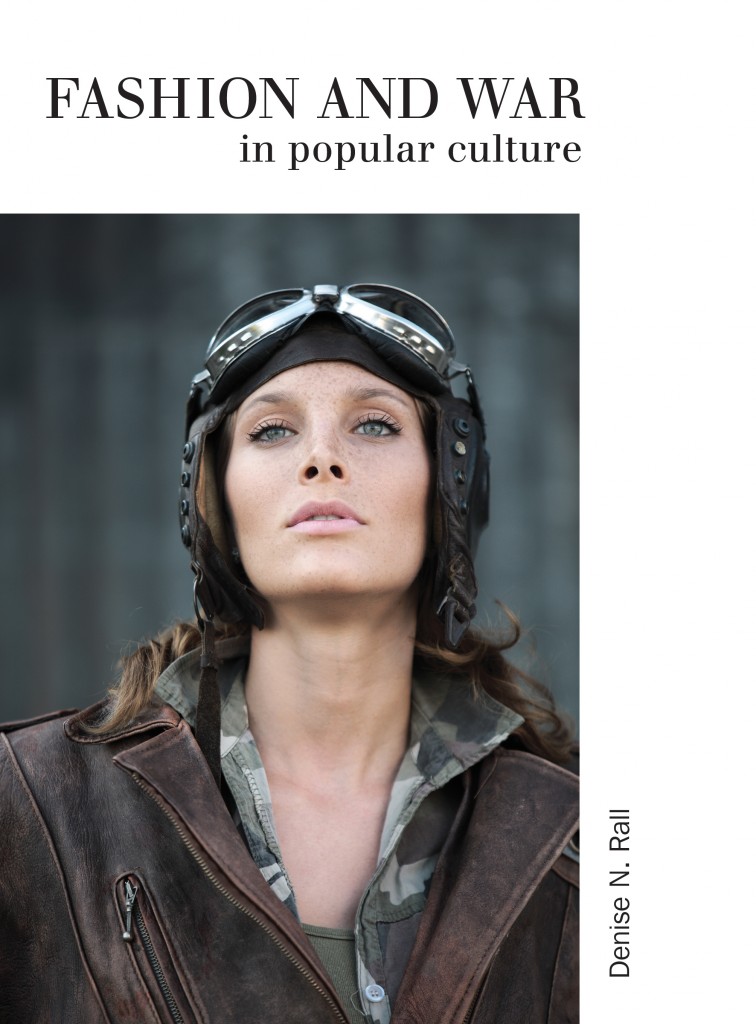Fashion and War in Popular Culture understands the scope of its own territory. Like the warzones that it speaks of, the book seeks to uncover the truth of what’s going on by looking to the cultural appropriations of war as well as to the effects of colonialism and imperialism when tracing the influences of war on fashion. Even when the relationship between the two is made explicit, the book contends, it remains at a superficial level:
“Histories of the cultural conquest of other cultures usually only refer to matters of dress, costume and fashion as an aside— an ephemeral symbol of the process of victory, defeat or pacification. The reality is that fashion is not only the most visible indicator of those processes but a remarkably agile signifier of the twists and turns—and nuances—of cultural conquest.”[1]
It’s this superficiality that the editor, Dr. Denise Rall, initially took issue with. The pervasiveness of military uniforms in everyday fashion is but one example illustrative of a certain conquering by military culture which demands deeper thought and understanding beyond mere acceptance of it into everyday fashion. Paradoxically, it’s the superficiality of fashion that the book’s contributors take up by looking at the cultural and political relationships between the clothes that we see, and the realities of war that we don’t.
The book is composed of individual contributions organized into three main sections. Section I explores how war and military has influenced the ‘look’ of popular culture. Section II chronicles fashion’s processes (“its construction, its promulgation, and its increasing contextualization within the spheres of modernity and femininity as they evolved and changed during WWI and WWII, as well as Cold War and contemporary conflicts.”) Section III, subtitled “Framing youth fashion, textile artworks and postcolonial costume in the context of conflict,” speaks to contemporary concerns, like the ‘threat’ posed (or self-imposed, by cultural standards) by young men in hoodies.[2] The uniform “makes the body culturally visible in particular ways,” by communicating either belonging or ostracization.[3] It’s in this way that the book’s aim is is that of making visible the underlying relations between what we wear and what we think, and what we think about what someone else is wearing.
Each section speaks to two overriding questions: “Where and how has the military view of the world influenced, or even dictated, images of body and dress in popular culture? …Is there a framework that will help explain the relationships between society, textiles, and fashion after colonialism?”[4]; Fashion and War in Popular Culture is a good place to start for such critical analysis. If we’re concerned about the social, then the book reminds us that “fashion is the body writ large as a social body that announces its location in time and space.”[5]
As critical thinkers, we’re always talking about the fabric of life, but we never actually talk about the fabrics. This book is an invaluable resource for anyone interested in fashion, design history, and military science, particularly in their political intersections. Fashion and War in Popular Culture, edited by Denise N. Rall and published by Intellect Ltd., is available now.
– Amie Zimmer
Image courtesy of University of Chicago Press



























